Nasturtium—commonly known as watercress—is a tender green native to South America. Unlike many crop plants, both the greens and flowers are edible and offer a sharp peppery taste similar to mustard. Often used as an ornamental, watercress has smooth bright leaves and flowers ranging from yellow to red in color. The plant grows full and round, making it a great crop for displays.
Nasturtium know-how
Nasturtium is fairly rare to find in markets here in the U.S. but is more common in other parts of the world. American growers might have to educate their customers on how to use the spicy green. Some cooks use nasturtium similar to pepper, in spicy dishes, to add a kick to a salad, and as a colorful garnish.
Nasturtiums are as easy to grow in hydroponic systems as greens. However, if growers are optimizing for flower production they may need to adjust nutrient ratios and light to cue flowering.
Upstart Farmer experience
A beautiful garnish
Chris Lukenbill from Fresh With Edge found that he had to control the ratio of nitrogen to potassium to cue vegetative and fruiting stage. To start flowers, he switched the system from a greens mix to a strawberry mix. He did this when they were about half of their mature size. This gave the crop a chance to establish roots and photosynthesizing tissue, so that when they flower they are able to produce more. Lukenbill estimates that his nasturtium yielded about 20 flowers per plant.
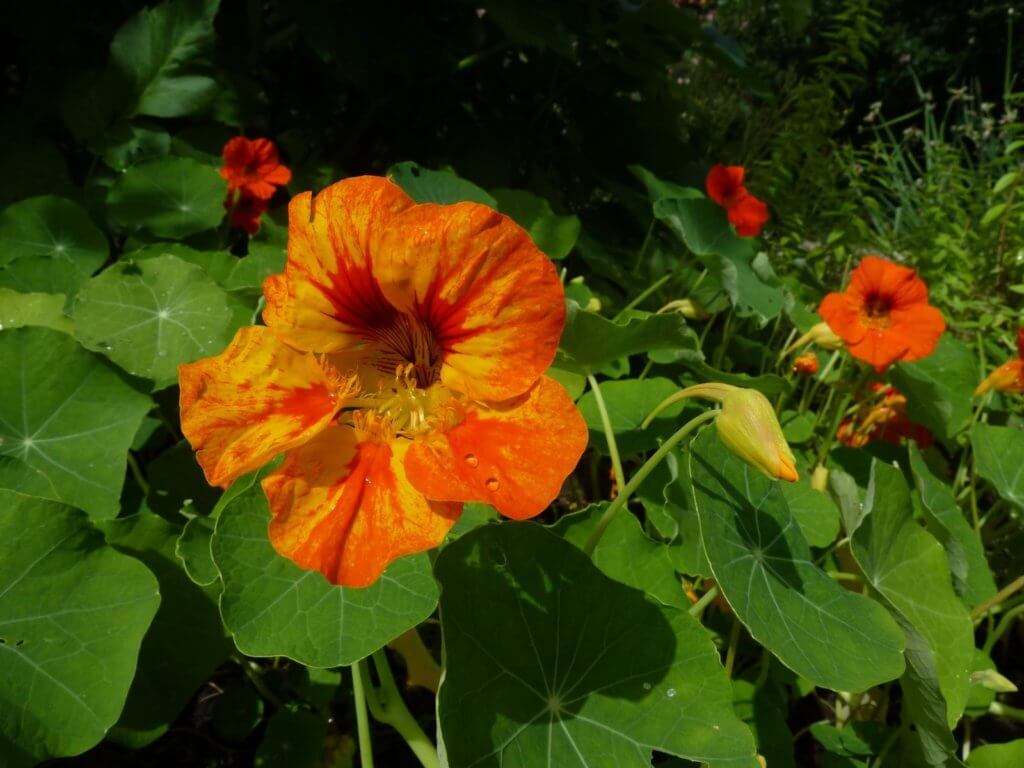
As for sales, Lukenbill sold nasturtiums to a restaurant client as a specialty product. The restaurant used the leaves and flowers, especially to garnish salads. He noted that nasturtiums work best as a complementary product. While the flowering crop can have great pricing, demand is finicky; nasturtiums would be a tricky crop to sell at farmers’ markets or groceries since not everybody knows how to use them. Lukenbill sold both the leaves and flowers of nasturtium by the ounce.
While demand can be finicky, the margin can make it worth growing nasturtiums. Farmer Courtney Edwards from Blue Roots Farm says, “Chefs love the flowers, and nobody sells edible flowers. A restaurant that is cheap about staple ingredients will often happily spend money on garnishes.”
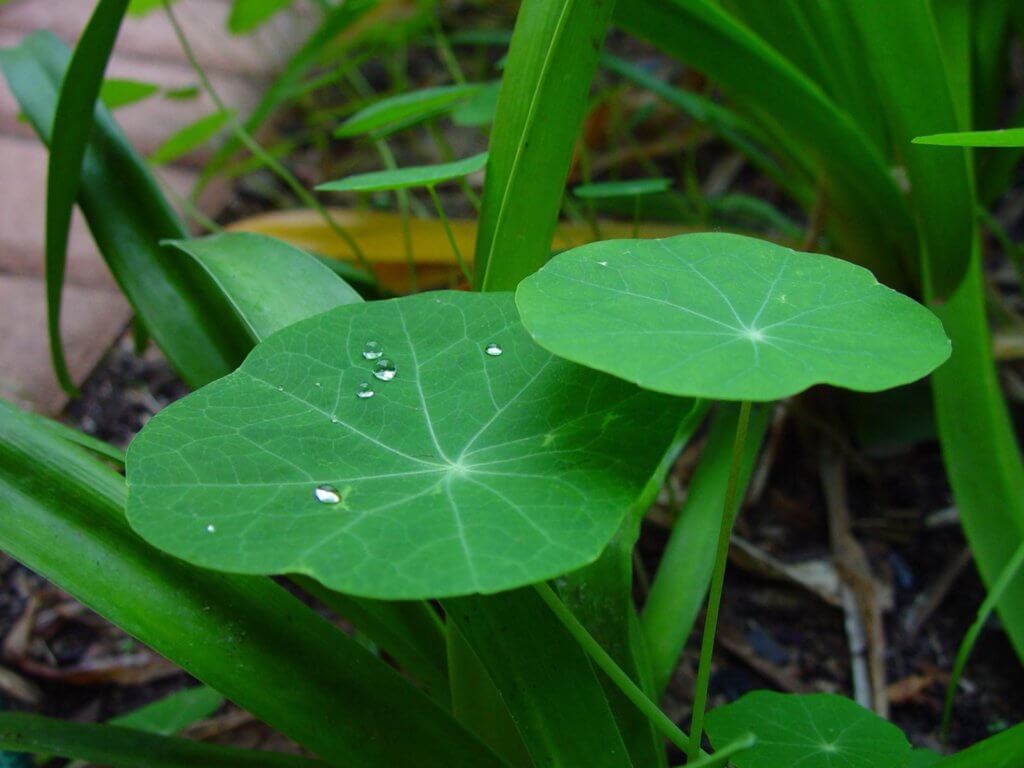
Courtney advises farmers to stay away from variegated (bred for odd color) varieties since people will mistake the color for a sick or old plant. Empress of India is a great choice and Courtney’s favorite. “It is relatively short in stature, can be managed with regular pruning, the flowers are a stunning vibrant red, and the leaves taste great.”
Pests
Nasturtiums suffer from typical pest like aphids. Courtney says that aphids were part of the reason that the farm stopped growing nasturtium. “The aphids are extremely hard to manage in nasturtiums because the plants have such a complex structure. No matter how hard you try you will miss some when you spray and they will re-populate the plant,” said Courtney.
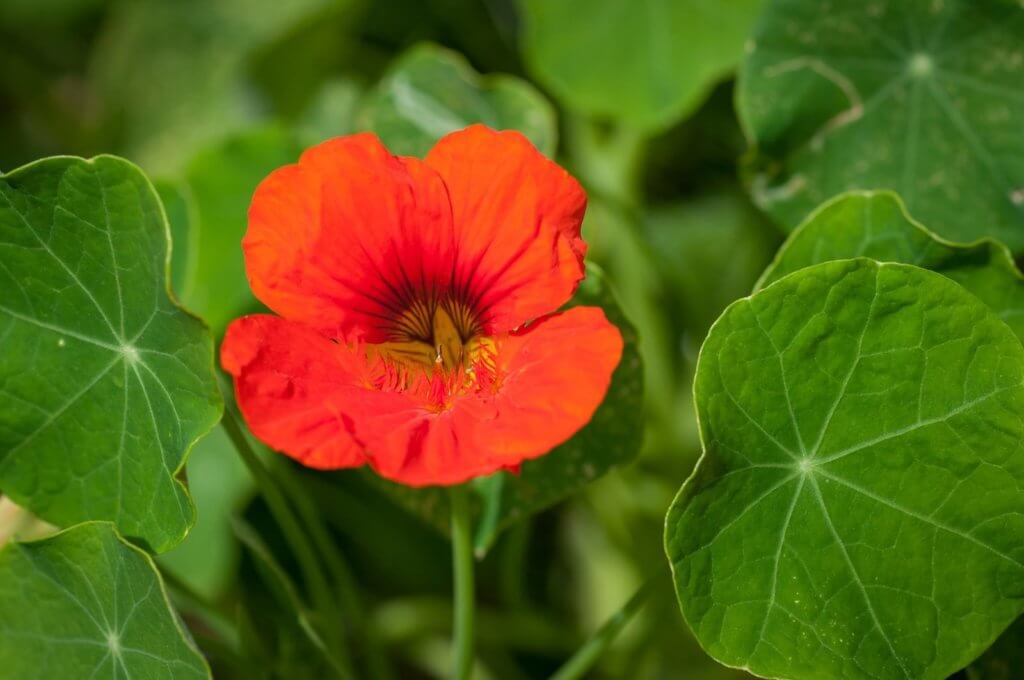
Nasturtiums can be sourced as two different varieties: a vining variety and a bush variety. Lukenbill used a small-statured Alaskan variety from Johnny Seeds and planted them 6–8 inches apart in ZipGrow Towers. The smaller plants grew like a mint plant with good volume.
Ideal conditions
- EC: 1.4–2.0
- pH range: 6.1–7.8
- Temperature: 55–75 ºF
Nasturtiums are light-lovers but do best with low heat stress. Seeds can be germinated at 55–65ºF, and adult plants do best at about 70ºF. The flowering crop does well in low-EC systems like those optimized for greens or strawberries.
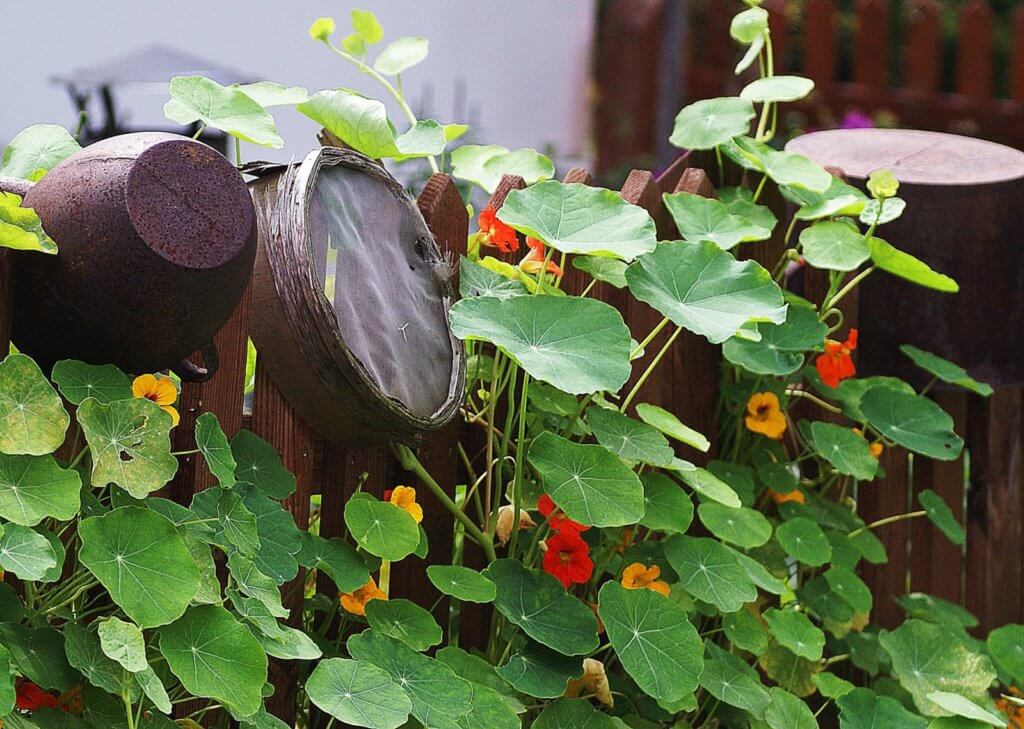
Nasturtium seeds take 7–10 days to germinate in the right conditions and are ready to transplant as soon as true leaves appear; usually, this is 2–3 weeks from germination. Plants will produce flowers 5–6 weeks later, but growers harvesting for the greens only can harvest earlier. Some growers prefer to grow nasturtium at a higher density and harvest the green while it’s still very young.
Creating a crop list?
Choosing crops for your farm requires a balance of market information and crop suitability. Growers have to choose crops that have overlapping needs, like: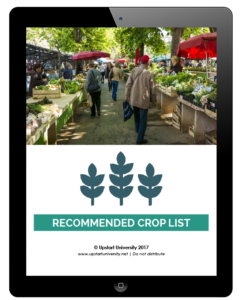
- pH range
- EC range
- Temperature range
Get this information for the most highly recommended crops for hydroponics in the Recommended Crop List.

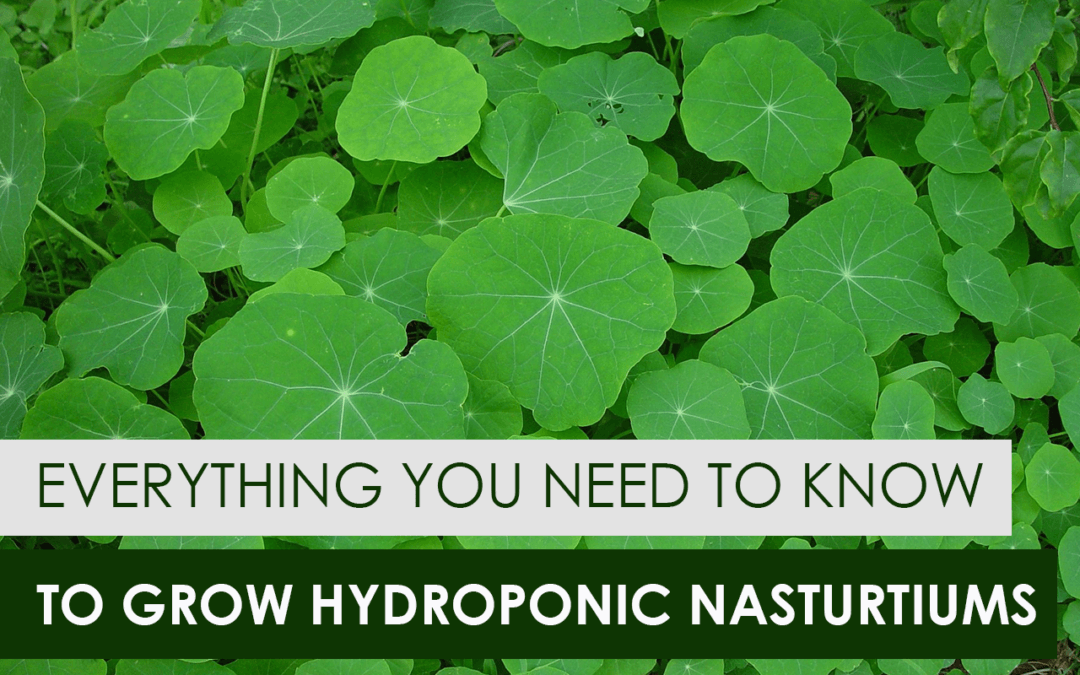

Hi would love to learn to grow Nasturtiums in the Hydroponic system. I may say i havr always failed to grow Nasturtiums. Would love to hear from you thank you
‘Empress of India’ grows very well hydroponically. Seeds need darkness to germinate. One plant will spread out at least 12″ wide and in height. Too much N will inhibit flowering.